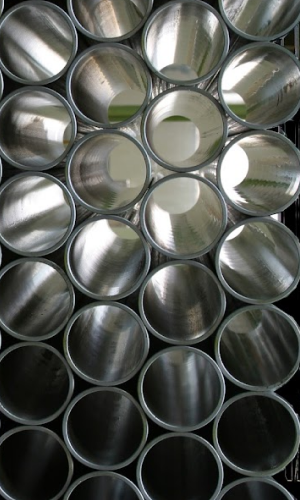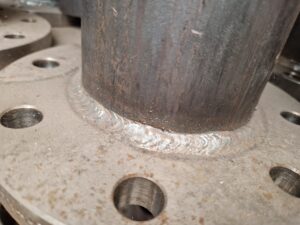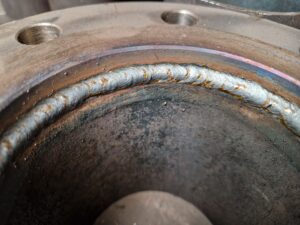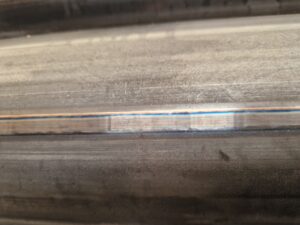
Calculate the weight of pipes
Welding
The welding process involves joining two components, e.g. two pipe ends, by melting the material at the joint and (usually) filling it with additional material. Steel pipe welding uses welding electrodes that create an electric arc that will melt the ends of the pipes. After the welding process is completed, the filler material becomes an integral part of the pipe.
In welding, the temperature is much higher than in the bonding process. Welded joints are usually smooth and require little post-processing.
Welding can create a joint with a strength comparable to or even higher than the base material, due to the possibility of using welding consumables with higher strength.
Bonding
The steel pipe bonding process also involves joining two pipe ends, but without any additional material. In this process, the ends of the pipes are heated to the correct temperature and then joined under pressure to create a permanent connection. Such joints can be rougher than welded joints and require more finishing.


